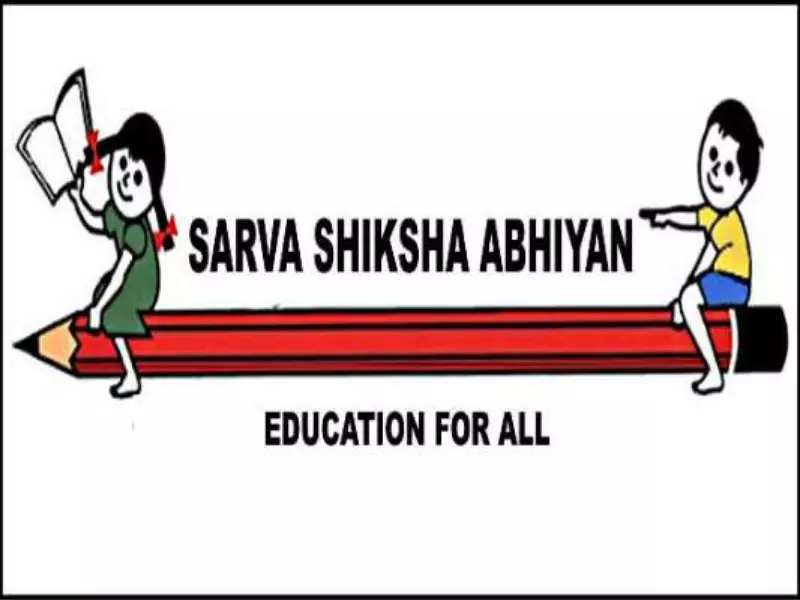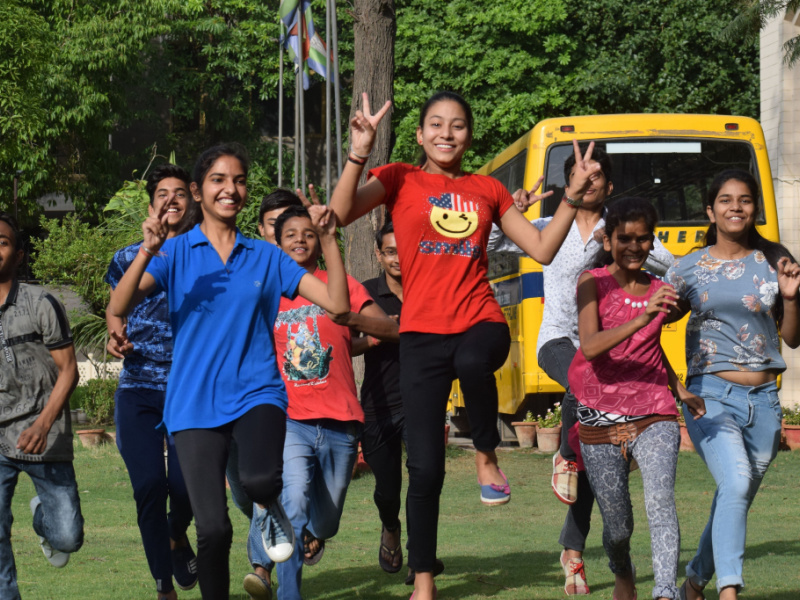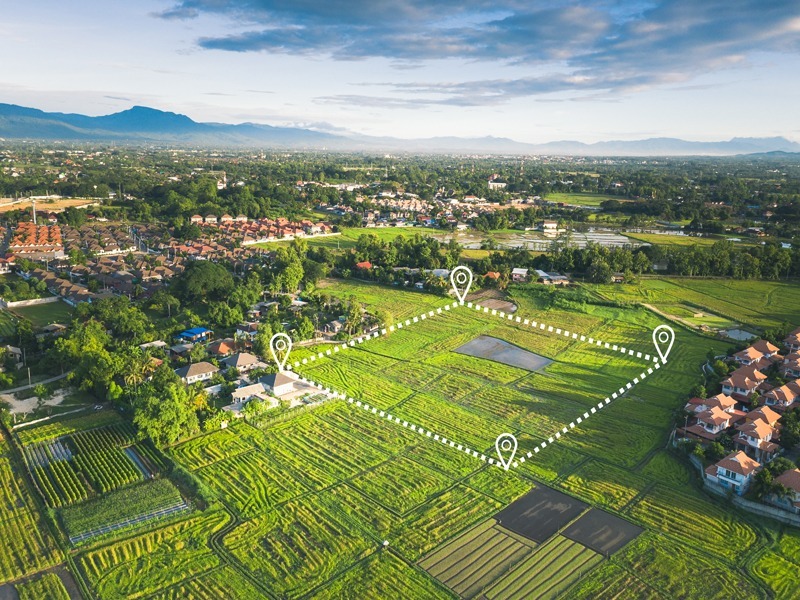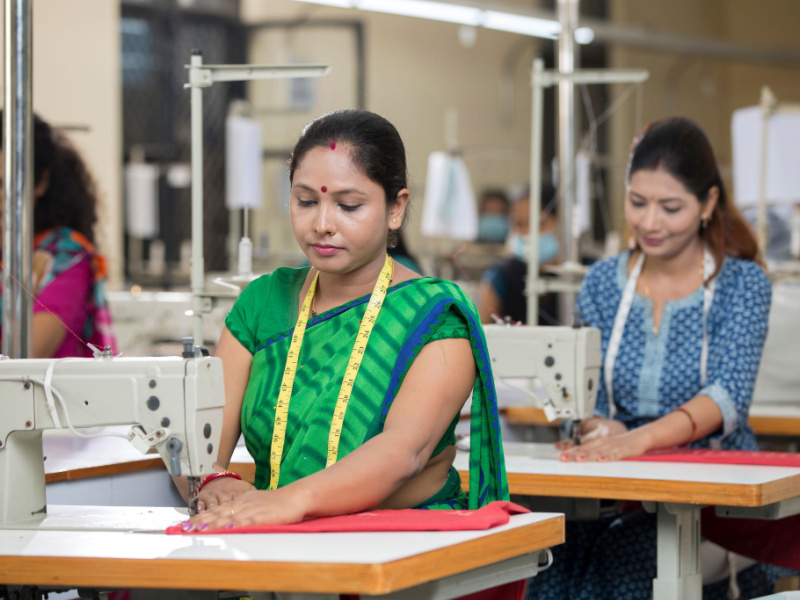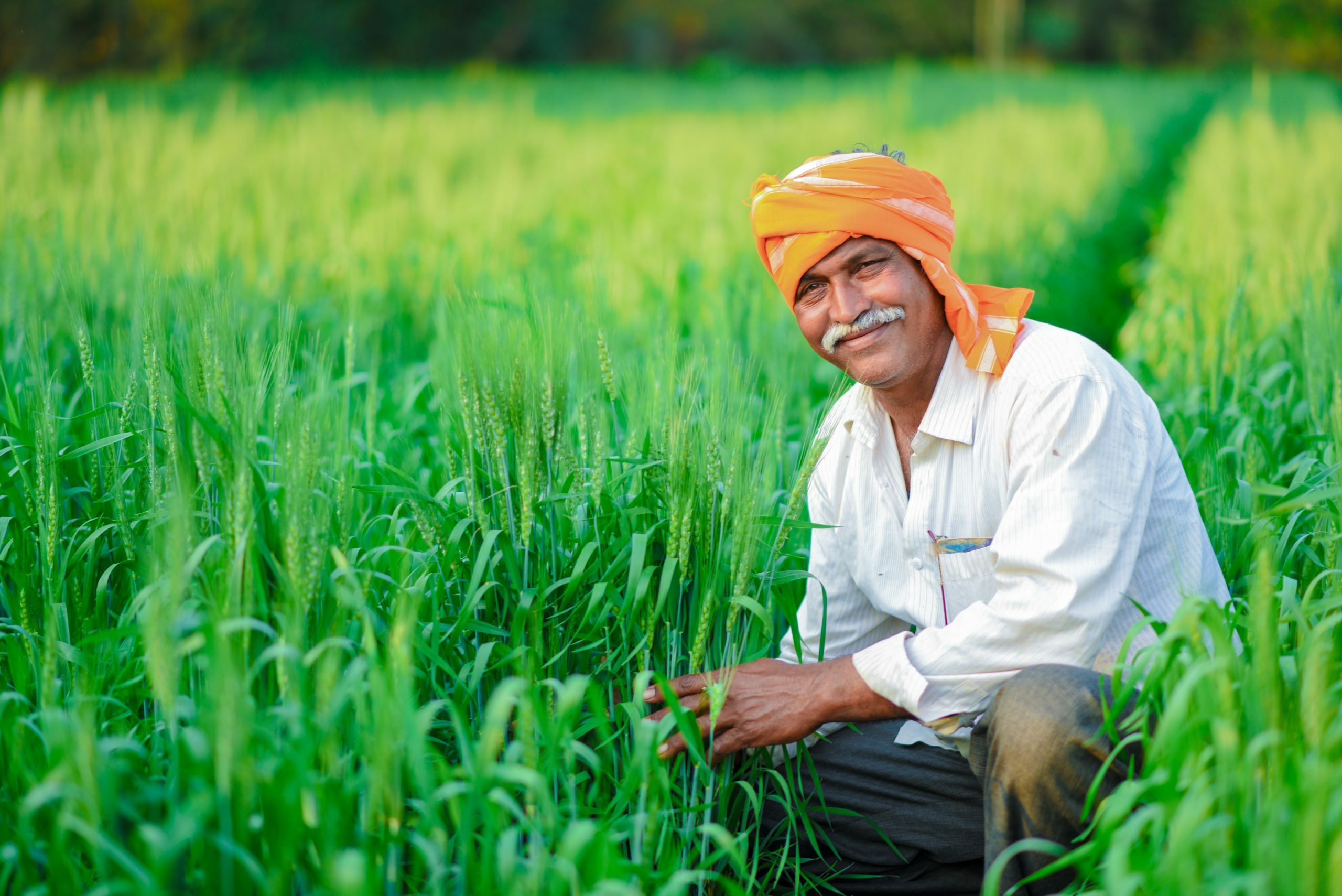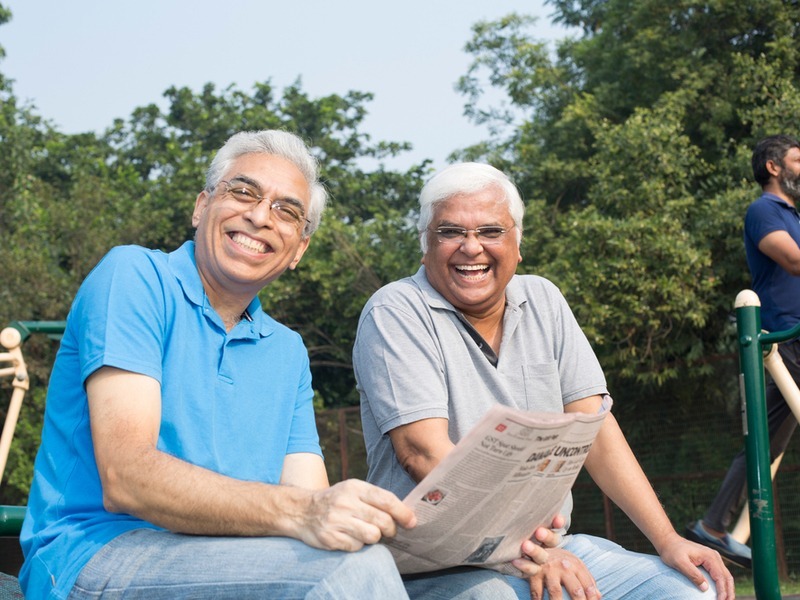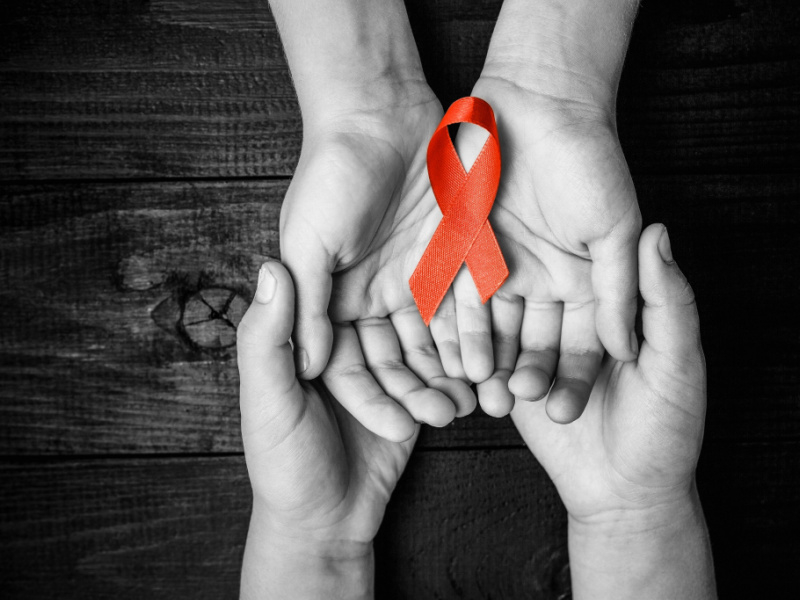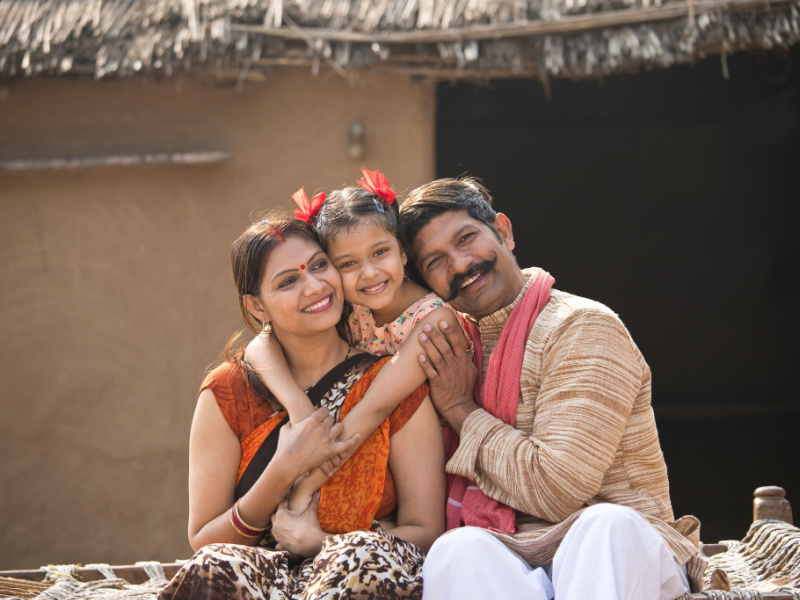
Ayushman Bharat, the state of India’s primary initiative, was established in line with the national Health Policy 2017’s recommendation to accomplish the vision of Universal Health Coverage (UHC). This project aims to meet the Sustainable Development Goals (SDGs) and the underpinning pledge to “leave no one behind.”
Ayushman Bharat endeavours to transition from a vocational and fragmented strategy to a perfect, requirement-based health care system. This program aims to implement ground-breaking initiatives at the primary, secondary, and tertiary levels to address the health service holistically (including care, promotion, and any ambulatory care). Ayushman Bharat uses a continuity of care approach, which consists of two interconnected components:
- Health and Wellness Centres (HWCs)
- Pradhan Mantri Jan ArogyaYojana (PM-JAY)
1. Health and Wellness Centers (HWCs)
The Indian government declared in February 2018 that it would turn local sub-centres and Basic Health Centres into 1,50,000 Fitness & Wellbeing Centres (HWCs). These clinics will provide Comprehensive Primary Health Care (CPHC), which will bring medical closer to people’s homes. They include free vital medications and diagnostics, maternal and newborn health care, and quasi diseases.
Fitness & Wellbeing Centers are expected to provide a broader service to meet the main healthcare requirements of the whole community in the service area, hence increasing access, universality, and equity inside the company. Health promotion and care aim to engage and empower people and communities to select healthy behavioural patterns and make adjustments that minimize the likelihood of increasing chronic illnesses and disorders.
2. Pradhan Mantri Jan ArogyaYojana (PM-JAY)
The Pradhan Mantri Jan ArogyaYojna or PM-JAY is commonly known, is the second element of Ayushman Bharat. The Hon’ble Indian Prime minister, Shri Narendra Modi, announced this program on September 23, 2018, in Ranchi, Jharkhand.
Ayushman Bharat PM-JAY is the nation’s biggest health insurance scheme, aiming to cover Rs. 5 lakhs per household per year for secondary care hospitalization to over 10.74 crore underprivileged and vulnerable families (about 50 crore beneficiaries) in India’s lowest 40%.
The families included are predicated on the Socio-Economic Caste Census 2011 (SECC 2011) poverty and occupation criteria for cities and suburbs, respectively. Before even being renamed, PM-JAY was known as the National Health Protection Scheme (NHPS). The RashtriyaSwasthyaBimaYojana (RSBY), established in 2008, was absorbed. As a result, the coverage indicated under PM-JAY means households insured under RSBY but not in the SECC 2011 dataset. The government entirely funds PM-JAY, and the expense of implementation is split between the state and federal governments.
Key Features of PM-JAY
- PM-JAY is the world’s largest government-funded health insurance and assurance program.
- It covers secondary care hospitalization in formal and informal enrolled institutions in India for a maximum of Rs. 5 lakhs per household per year.
- These benefits are available to around 10.74 crore poor and disadvantaged families (almost 50 million recipients).
- PM-JAY gives beneficiaries cashless access to care at the point of delivery, which is the clinic.
- PM-JAY intends to reduce catastrophic medical expenses that might push approximately six crore or more people out of poverty within a year.
- It covers pre-hospitalization charges for up to three days and post-hospitalization expenses for up to 15 days, including diagnostics and drugs.
- There are no limitations on the family’s size, age, or gender.
- From the start, all pre-existing illnesses are covered.
- The scheme’s advantages are transferable across the country, meaning that a recipient can receive cashless treatment at any enrolled public or private hospital in India.
- About 1,393 treatments are included in the services, which cover all costs of treatment, including but are not restricted to pharmaceuticals, supplies, diagnostics, physician’s fees, hotel charges, surgery charges, OT and ICU fees, and so on.
- Public hospitals are compensated at the same rate as hospitals for health care.
Benefit Cover Under PM-JAY
Benefits under multiple government health insurance in India have traditionally been constructed with an upper ceiling restriction varying from INR30,000 to INR3,00,000 per household per year across several States, resulting in a wide range of institutions. For designated tertiary and secondary medical conditions, PM-JAY provides cashless coverage of up to INR5,00,000 per year to each qualifying household. All expenses expended on the following elements of the treatment are covered under the plan.
- Medical evaluation, treatment, and advice
- Pre-hospitalization
- Medication and medical supplies are two types of medical supplies.
- Services for quasi and inpatient hospitalization
- Investigations in the clinical and laboratory
- Medical implantation services (where necessary)
- Benefits of residing in a reputed hotel
- Food-related services
- Any side-effects complications of the treatment
- Up to 15 days of post-hospitalization follow-up treatment
The INR 5,00,000 benefits seem to be on a household floating basis, which means they could be used by one or all family members. The RSBY had a five-team limit. However, based on the lessons learned from those programs, PM-JAY has been designed so that there is no limit on the size of a household or the age of its members. Furthermore, pre-existing conditions are covered from the first day. This means that every eligible person who had a medical condition before enrolling in PM-JAY will receive treatment for all of those conditions here under the program starting the day they join.















